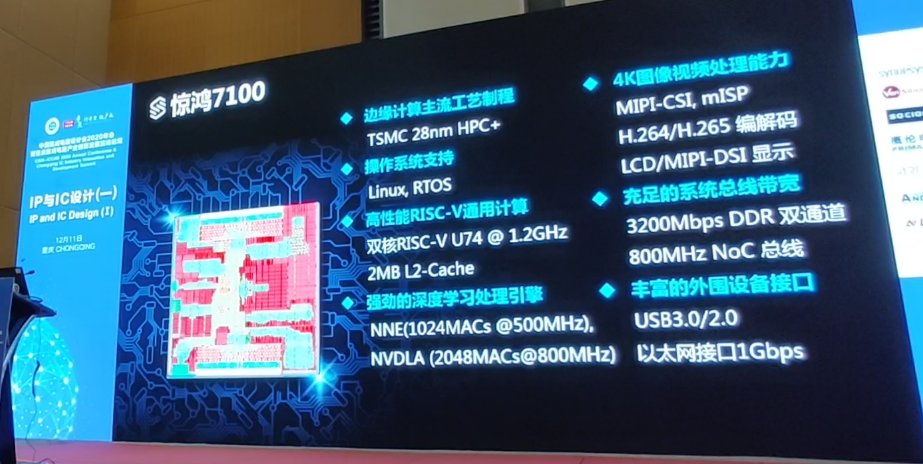Radxa and StarFive Partner to Deliver RISC-V Single Board PC to Consumers
RISC-V is a novel processor instruction set architecture (ISA) developed at UC Berkely. Originally designed for teaching purposes, the ISA has been released as an open-source, license-free template that is used for now millions or even billions of applications. However, as an average PC user, how could you use a RISC-V processor? Well, according to this week's announcement coming from StarFive (as reported on Lilliputing), you could be looking at a RISC-V-powered PC rather soon.
This approach has caught the attention of many board makers, and today we are presented with a single-board computer (SBC) from StarFive, that is powered by RISC-V ISA technology. In a joint venture with Radxa, the two hardware developers have announced that the duo will be producing an SBC powered by RISC-V processor, coming towards the end of Q3 2021.
The new board is using StarFive's JH7100 processor, based on a 28nm semiconductor node. It uses two SiFive's U74 cores that are modestly powerful to run many tasks with ease. While these cores are not the fastest on the market, they are a rough equivalent of Arm's Cortex-A55 designs. Alongside the CPU, there are additional IPs like Nvidia's NVDLA neural network accelerator with Vision DSP Tensilica-VP6 for computing vision.

We have already covered the implementation of StarFive's JH7100 processor here. The SBC was a joint collaboration between Seeed Studio and Beagleboard, however, the product was later aborted, and the development efforts have continued now with the StarFive and Radxa collaboration.
" The single-board computer will be officially released by the end of Q3 2021, and the next-generation JH7110 chip with new GPU feature support will soon be mass-produced.," notes the StarFive announcement, continuing that "Work-related to the development platform has been fully carried out." This notes that the updated JH7110 chip will feature a usable GPU for 3D workloads., unlike the JH7100 which doesn't feature a GPU.
The RISC-V ISA is free. You don't need special licenses in order to use it, and the documentation is fully open to anyone. Even the development of the ISA is done publicly with the help of open-source contributors, making it a unique approach in the world dominated by closed-source ISAs.
Get Tom's Hardware's best news and in-depth reviews, straight to your inbox.
-
ezst036 I hope these RISC-V boards continue to get more popular.Reply
With Nvidia likely to complete its ARM acquisition, I do not want an ARM future. Linus was correct about Nvidia. Nvidia is good where they are good, but they need to stay in their lane and stay out of our way. -
vern72 If RISC was meant as a teaching tool, I'm surprised that they didn't take a page out of the Raspberry Pi and do this earlier.Reply -
3arn0wl RISC-V was developed as an Open Source ISA, so that computer engineering students could design and build processors without worrying about infringing intellectual property.Reply
It's only within the last couple of years that CPU designs have been powerful enough to run lightweight versions of Linux... and only more recently still that we've seen desktop environments and apps running on RISC-V.
More powerful chips are coming though, and we will see RISC-V take on more major roles in consumer electronics, going forward.